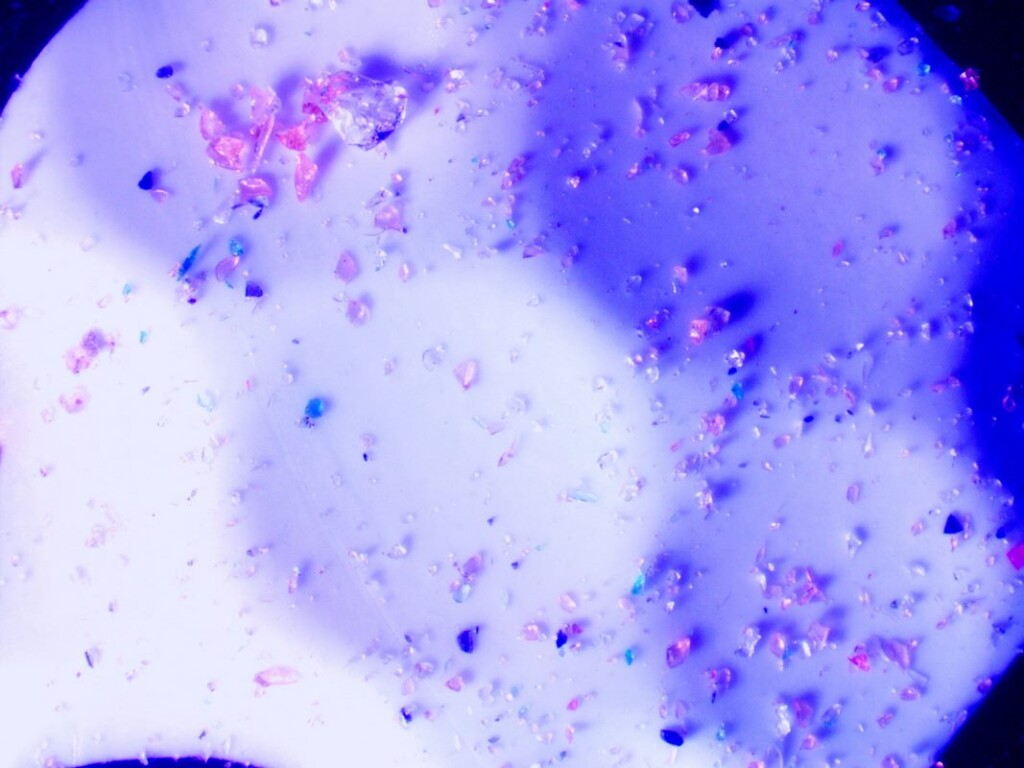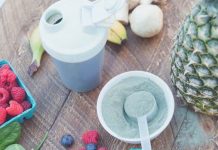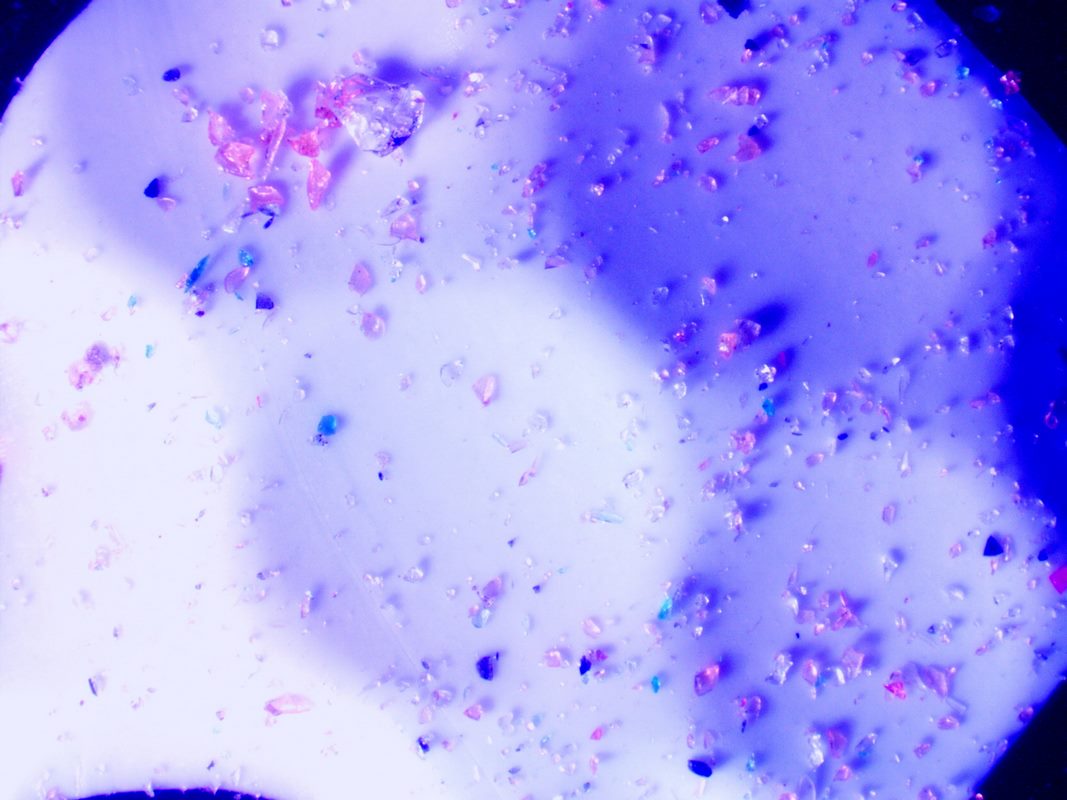
A new type of golf ball with a special “water-loving” coating could answer the prayers of thousands of golfers.
The coating helps average out the speed of a rolling ball, slowing it on faster dry greens and speeding it up on sluggish, wet courses, says the American inventor.
Thomas J. Kennedy III, a polymer chemist, is due to present his findings at the spring meeting of the American Chemical Society (ACS) in San Diego, California, and explained that the coating works by soaking up water molecules without interfering with the ball’s aerodynamics.
“I was thinking about a way to help golfers and the game of golf overall by improving the putting process so that having a good round was not a matter of chance but a matter of skill,” said Kennedy III.
Mr. Kennedy, owner of Massachusetts-based Chemical Innovative Solutions Inc., has previously developed state-of-the-art golf balls that optimised long-distance performance in the air. But with his new project, he focused on the interaction between the ball and the grass.
“Golf in many ways is a surface interaction game, with the putter imparting spin rates on the ball, as well as the grass affecting how fast or slow the ball rolls toward the hole.”
Wet weather causes the fairways, rough, and putting greens to become soft and sometimes soggy, slowing the roll of the golf ball. But hot and dry weather causes the fairways and especially putting greens to allow for much greater roll of the golf ball, known in the game as “fast” conditions.
Kennedy III explained that the coating increases the surface energy of the ball, the opposite of what hot wax does when applied to a car windscreen. On dry grass, the coating draws up water to slow down the ball. But on wet grass, the coating helps release the green’s grip on the ball.
Kennedy says the new coating wouldn’t be considered cheating—it would simply shift the focus of the golfer from judging conditions to better judging his strokes.
“The United States Golf Association has set standards for golf balls,” Kennedy said. “There’s a size limit, a weight limit, a symmetry constraint, and there’s even a standard for overall distance travelled.”
GOLF STORIES: Abandoned Ohio Golf Course Being Rewilded into Public Land with Native Fish and Wildlife Returning
“But within that box, there’s a lot of latitude to do different things that change the playability of golf balls while staying within the confines of the USGA and the Royal and Ancient Golf Club of St Andrews rules.”
To test the coating’s effect on fast and slow greens, Kennedy used a Stimpmeter—a V-shaped metal rod that applies a known velocity to the ball so that the distance it travels on a dry or wet green can be measured and compared.
INOVATION NEVER RESTS: New Spiral-Shaped Lens is Massive Improvement for Eyewear: ‘Potentially Revolutionizing Ophthalmology’
His experiments revealed that the coated golf balls had a “more consistent” speed on both dry and wet simulated greens compared to uncoated ones.
In a strange and unrelated parallel, Kennedy says the coating could also be applied to solar panels to improve their performance.
“It may sound counterintuitive, but the hydrophilic nature of the coating keeps solar panels cleaner by allowing water to soak the surface and wash away sun-blocking dust and debris.”
A WHOLE NEW BALL GAME: Artist Makes Furniture Out of Tennis Balls That Otherwise Would Take 400 Years to Decompose in Landfills
Kennedy has provisional patents for the use of the hydrophilic coating on golf balls and solar panels, and believes the balls could be in regular use within “a few months.”
“The game of golf has been around since the 15th century, however, there’s always a new way to look at something as technology evolves,” he said. “Innovation and invention know no bounds!”
SHARE This Fascinating Alteration To The Game Of Golf With Your Friends…




















